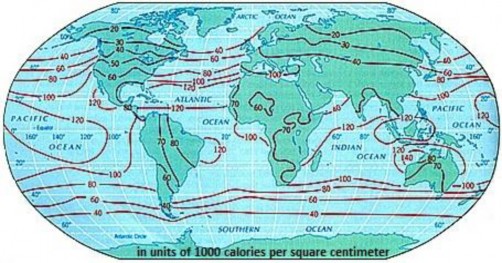Table 1 – Length of Day on winter and summer Solstices in the Northern Hemisphere
4. The length of the day: the duration of day is controlled partly by latitude and partly by the season of the year. The amount of insolation has close relationship with the length of the day. It is because insolation is received only during the day. Other conditions remaining the same, the longer the days the greater is the amount of insolation. In summers, the days being longer the amount of insolation received is also more. As against this in winter the days are shorter the insolation received is also less. On account of the inclination of the earth on its axis at an angle of 23 ½ 0, rotation and revolution, the duration of the day is not same everywhere on the earth. At the equator there is 12 hours day and night each throughout the year. As one moves towards poles duration of the days keeps on increasing or decreasing. It is why the maximum insolation is received in equatorial areas. Table 1 show the duration of day (in hours & minutes) on winter and summer solstices in the Northern hemisphere.
5. The transparency of the atmosphere: The earth’s atmosphere is more or less transparent to short wave solar radiation which has to pass through the atmosphere before striking the earth’s surface. The transparency depends upon cloud cover, its thickness, water vapour and solid particles, as they reflect, absorb or transmit insolation. High energy ultra-violet rays are absorbed by the Ozone layer. Thick clouds hinder the insolation to reach the earth while clear sky helps it to reach the surface. Water vapour absorbs insolation, resulting in less amount of insolation reaching the surface. Very small-suspended particles in the troposphere scatter visible spectrum both to the space and towards the earth surface.
6. Solar variation: It is the change in the amount of radiation emitted by the Sun. These variations have periodic components, the main one being the approximately 11- year sunspot cycle. Sunspots are temporary phenomena on the photosphere of the Sun that appear visibly as dark spots compared to surrounding regions. When there is an increase in sun spots it leads to increase1 in the amount of solar radiation. But this change is almost negligible.

